Anatomy of a Exterior Door
New exterior doors can increase your home's value through greater curb appeal. When upgrading your exterior doors, there are many details to keep in mind. From architectural style to interesting details like a knocker or decorative glass, there are many ways you can transform a basic front door into a grand entrance.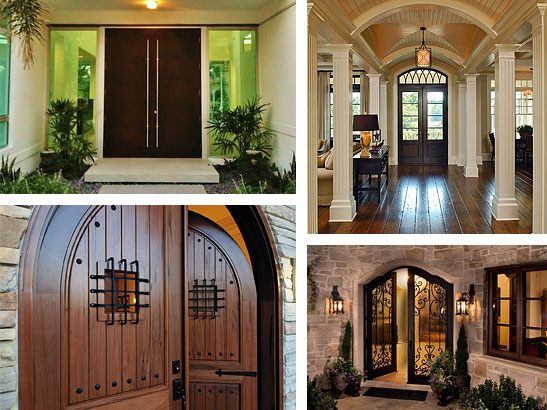
Double DoorsTwice the beauty and character of single doors, and perfect for getting large furniture through.
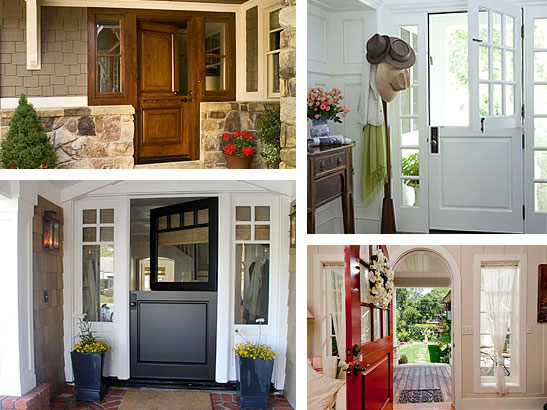
Dutch DoorsA Dutch door, or half door, is a door divided that the bottom half may remain shut while the top half opens
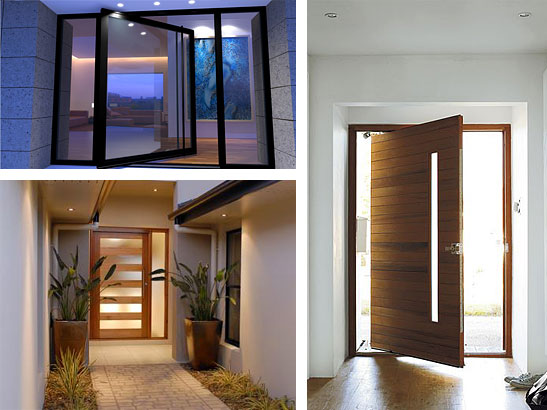
Pivot DoorsA bold, custom entry door without comparison that uses a pivot, not a hinge.
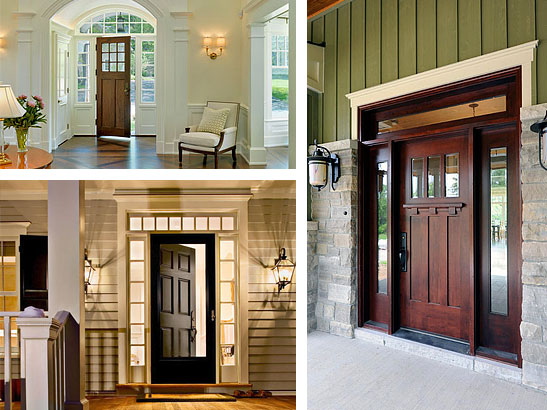
Single DoorsOur most common door and also the most cost effective way to add spice to your curb appeal.
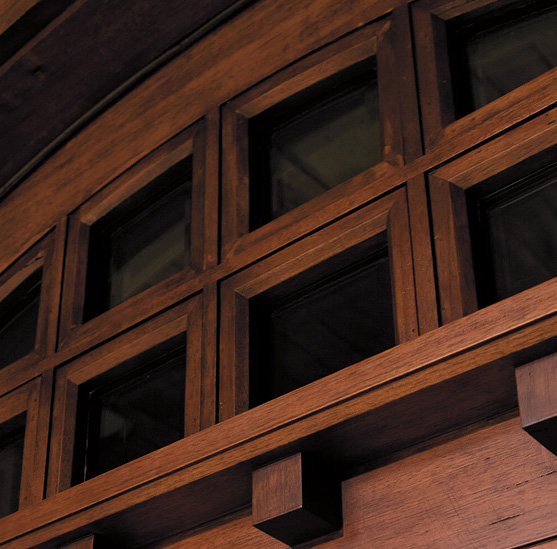
Material Matters
Exterior doors are available in an incredible variety of designs. From traditional steel to ornate, hand-carved wood, you can find a door for any taste or budget.Steel - Steel is the most affordable option today and is a good choice for most climates. It offers strength and durability, and requires only minimal maintenance and upkeep. Dress up a steel door with decorative glass inserts.
Fiberglass - Fiberglass doors come in an immense variety of styles with or without decorative glass inserts, and many offer the look of real wood at all budget levels. Fiberglass is built to withstand any climate, and requires minimal maintenance.
Wood - If your home calls for a stunning entry statement with a handcrafted touch, wood may be the best material for you. Wood doors should be repainted or refinished every year or two to prevent splitting and warping, and they are best maintained under a proper overhang.
Engineered Composite - Engineered Composite doors are made with a patented technology that combines weathering resistance, durability and dent resistance. They are stable even in extreme temperatures.
Beauty is in the Details
There are a number of features to consider with any exterior door choice.Door Configurations - Entry doors are available in many configurations to make the most of your entrance. Choose a single door, or a double door to create a grand entrance with twice the opening space. Add a sidelight or two to give the illusion of a larger entry, or bring additional light into your foyer.
Door Swing - Doors are available as inswing (I/S) or outswing (O/S) models. This simply refers to which way your exterior door will swing: outward (toward the outside of the house) or inward (toward the inside). Most homes are built to accommodate inswing doors, however, your entry door can be designed to swing outward if preferred.
Door Handing - This refers to the direction that the door swings. When viewed from the outside, if the hinges are on your left side and the door is pushing away from you, it is a left hand (LH) inswing. If the hinges are on your right side and the door is pushing away from you, it is a right hand (RH) inswing.
Panel Type - Choosing the right panel type and glass option will help you transform your home into the showplace you desire. Doors are available as an all panel style or with a glass panel insert.
Glass Options - The glass you select for your door can add both style and performance benefits. You can choose from performance features like impact-resistant glass for storm concerns, or Low-E glass to improve energy efficiency and provide UV protection. Style features include decorative glass, or textured glass and blinds between the glass for added functionality and privacy concerns.
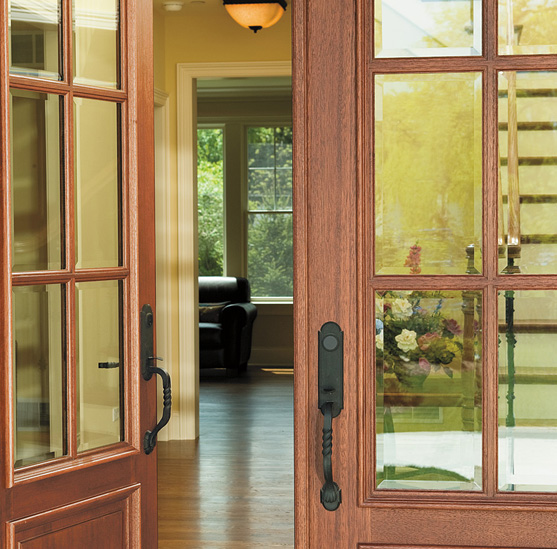
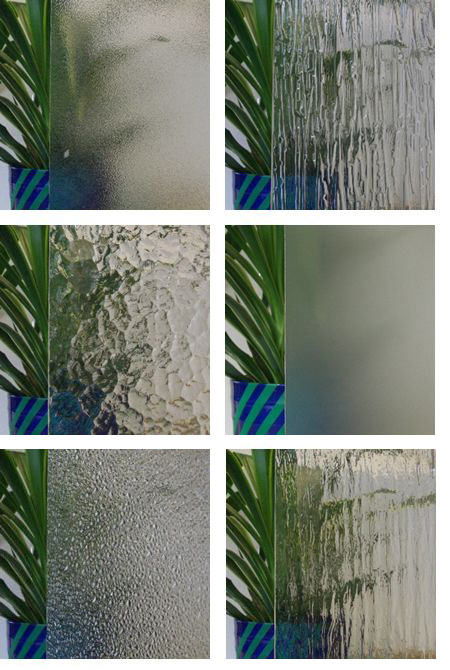
Glass Options
We offer more glass options than you can imagine, from subtly textured to boldly colored. These options let you add individuality to our windows while increasing natural light and energy efficiency in your home.The glass you select for your windows can add both style and performance benefits. Impact-resistant glass will provide protection against hurricane-force winds and intruders. Low-E glass will provide energy efficiency benefits and protection against UV fading. Decorative and textured glass provides varying degrees of privacy and adds charm.
Energy Efficient Glass - Stay cool in summer, warm in winter, and protect furniture against fading from sunlight. Look for windows that are ENERGY STAR qualified for increased energy savings.
Protective Glass - Your home should be protected from dangers such as storms, intruders, fire, loud noises and wear on the products. Selecting glass options such as impact resistant glass, tempered glass, sound reducing glass and options that protect the glass help accomplish these goals.
Textured Glass - Add a distinctive touch to our windows with textured glass, which lets in light while maintaining privacy.
Tinted Glass - Our tinted glass is ideal for climates with intense sunlight. It reduces glare and visible light transmittance.
Decorative Glass - This glass will brighten your home without compromising privacy. With all the decorative glass designs we offer, there is sure to be one to match your home's architectural style.
Anatomy of a Interior Door
For interior doors, choosing the right style comes down to how much privacy, light or ventilation you want between rooms.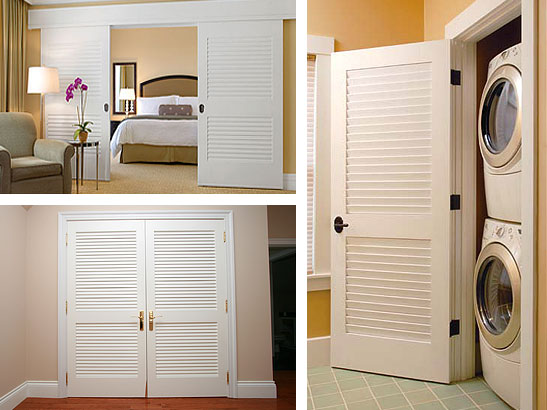
LouverA louver door is an opening with a series of horizontal slats, called louver boards, arranged sloping downward to permit ventilation but exclude rain, sunlight or vision. Louvers can be made in various shapes.

BifoldBifold doors are a segmented, hinged door that folds and slides on a head track to the side when opened. This door was first used during the 19th century and is now usually used for closet doors.
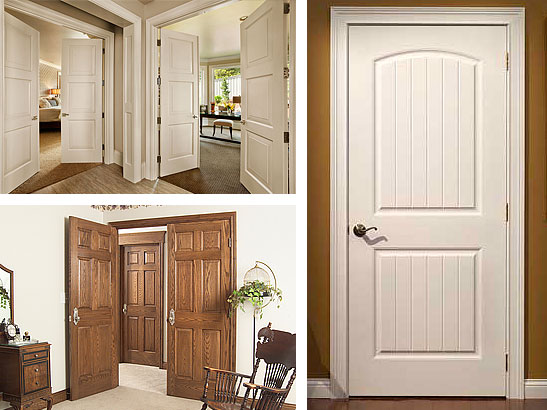
All PanelAll panel doors connect two inside rooms or are used as a closet door; this door type does not have the strength, insulation or security requirements of an exterior door.
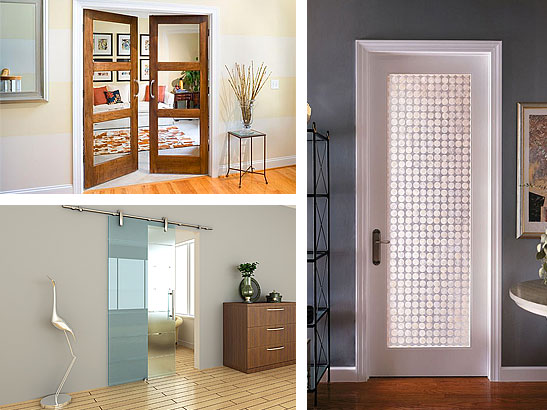
Glass PanelIn the 19th century, glass was being added to door construction, mainly in French and German homes, on interior doors leading to rooms containing more natural light, such as conservatories, glass houses and vestibules.
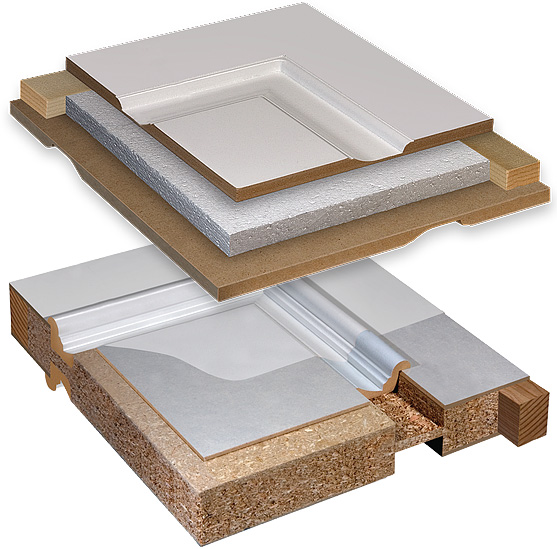
Materials
Interior doors are available in an incredible variety of designs. From traditional wood, wood composit or glass, you can find a door for any taste or budget.Wood - Wood comes from trees that grow in a variety of species, such as fir, pine, mahogany or alder. Each species has a range of characteristics, like grain, color and sap content, which contributes to its unique appearance.
Wood Composite - Made with strong, environmentally conscious materials, this material is a wood-based compound utilizes wood fibers, reconstituted wood or other wood derivative.
Glass - Stunning and bold, these all glass doors allow maximum natural light to pass from room to room.
Anatomy of a Patio Door
Patio doors are one of the most popular features of any home. They provide convenient access while creating unimpeded views that flood interior spaces with natural light. While old-style patio doors were notorious for heat loss, leakage and poor security, modern doors offer significant improvements.Frames and glass are more energy efficient, many products incorporate multi-point locking mechanisms for better security and sophisticated flashing packages prevent leakage. As with any window or door today, there are many choices when it comes to choosing a patio door. With this guide, we hope to help you make the right ones.
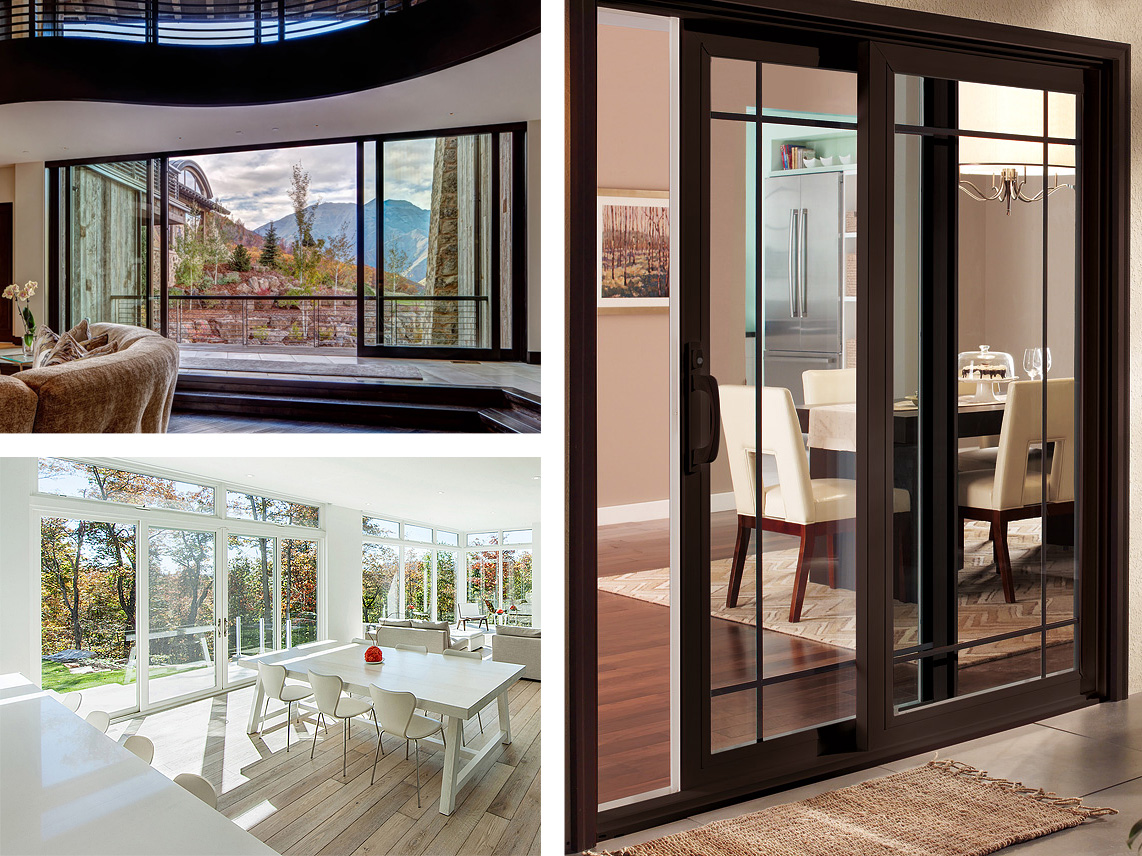
Sliding Patio Doorssometimes called gliding doors or bypass doors – are extremely popular. They let in a lot of natural light and are easy to maintain. Sliding doors consist of two or more individual panels, at least one of which slides back and forth on hidden rollers. The sliding panels can be combined with fixed panels to create dramatically broad expanses of glass. Panels slide parallel to the wall so they don’t interfere with furniture placement or walking areas.
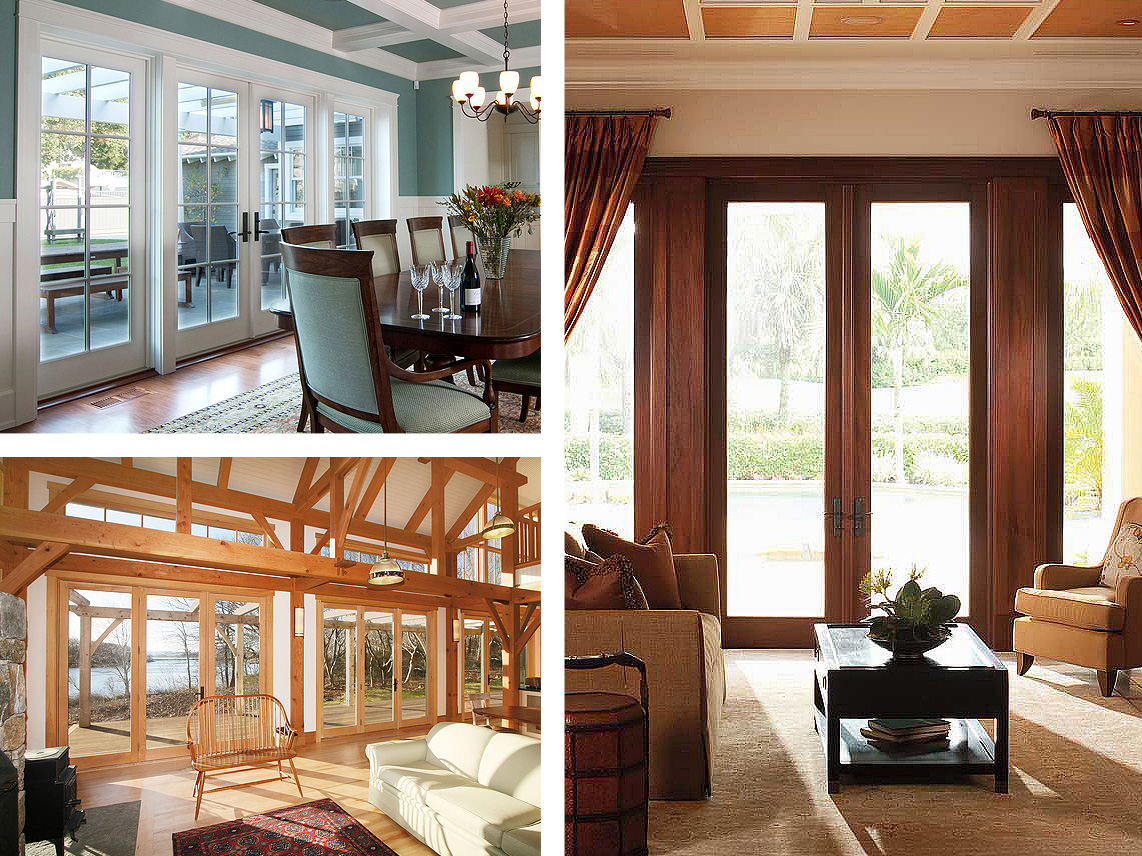
Swinging Patio Doorssometimes called hinged patio doors, operate in much the same fashion as standard exterior doors. They are full view glass panels and often hang in pairs. The doors are center hung, hinged on either side of a central mullion and open much as butterfly wings. A second type of hinged patio door is the French door. French doors are hinged at the side jambs so that the door panels meet when closed. The latching mechanism is contained in an astragal mounted to one of the doors. When French doors open, the entire area between the hinges is clear.
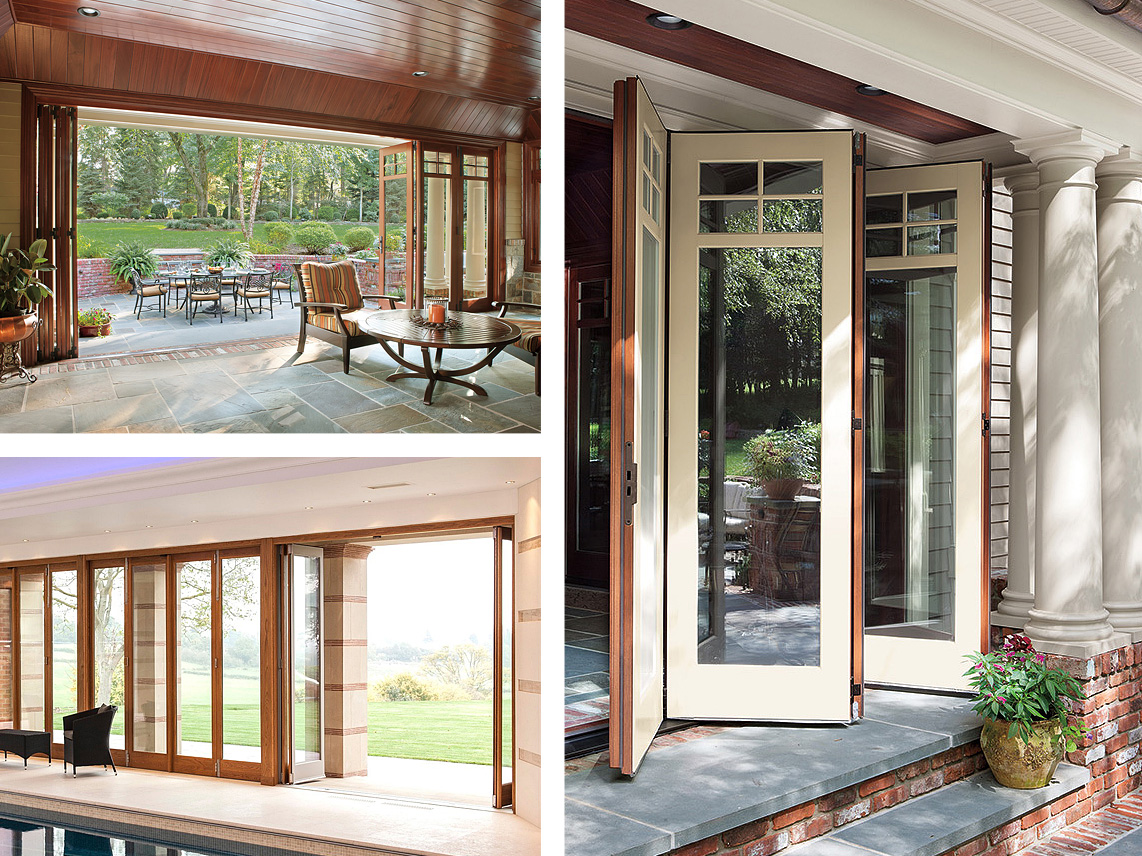
Folding Patio Doorsa folding patio door system can open a wide area to the great outdoors. The system operates accordion-style, which means each section slides on an overhead track and neatly folds away for full access. They are available in several configurations, ranging from two to eight leaves.
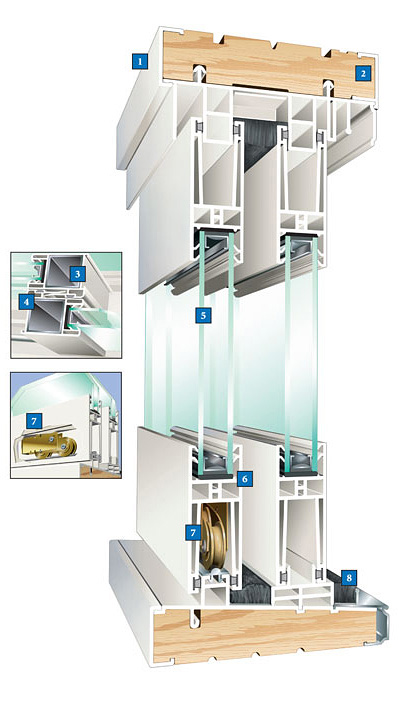
Materials
While design options can seem almost endless, for construction it comes down to fiberglass, vinyl, aluminum, steel, wood and clad-wood offerings. Your choice depends on what factors are most important to you.Fiberglass - This material features both the feel and look of genuine wood, right down to the knots and cracks, with less upkeep. In fact, these doors are built to consistently withstand the rigors of any climate - hot or cold, wet or dry.
Aluminum - A lightweight and strong material that is a cost effective alternative to wood. This material is corrosion-resistant and performs well in most climates.
Steel - An economical option, steel offers strength and durability and is a good choice for most climates. These doors are also treated to deliver superior rust-resistance. They will require only minimal maintenance (in especially moist areas, they may require minor upkeep).
Vinyl - A strong plastic material that is used for its durability, energy efficiency and ability to stand up to the elements. This material will never fade in color, flake, peel or rot.
Wood - Wood comes from trees that grow in a variety of species, such as fir, pine, mahogany or alder. Each species has a range of characteristics, like grain, color and sap content, which contributes to its unique appearance.
Clad-Wood - Like a coat of armor, cladding is a strong layer of metal on wood, providing extra protection and low maintenance benefits with no exterior painting required.
Choosing the Perfect Patio Door
Patio Doors Bring a Fresh Approach to Outdoor LivingFor years, it squeaked and squealed and stuck.
Finally, after updating the landscaping and creating a beautiful new outdoor living space, the Hodges had had enough. They switched out their old original sliding patio door with a show-stopping new Custom Fiberglass folding door system.
"It has literally changed our view of the space and how it works with the rest of the house, providing much greater access and openness," said homeowner JoJo Hodges. "Frankly, we enjoy our outdoor area all that much more because of it."
The right patio door will help highlight and enhance outdoor living spaces, making them more useable and comfortable. What makes for a good patio door is a combination of personal taste and practical considerations.
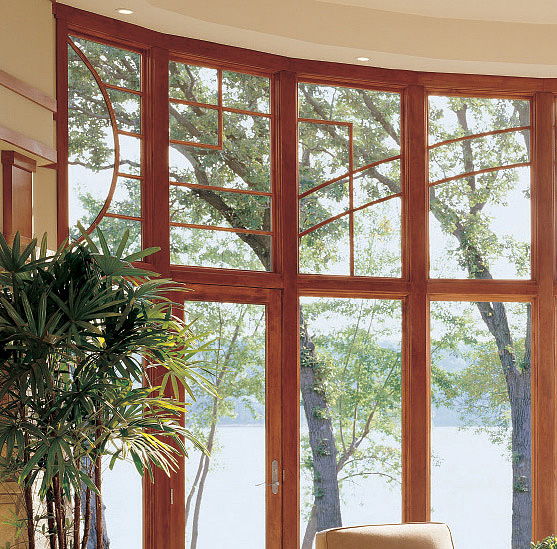
Six Tips for Choosing the Perfect Patio Door
Tip 1: Get into the Swing of It
Swinging and French doors need clearance room to open, but can help maximize access between the indoors and outdoors,
while sliding doors fit well wherever space is tight.
Consider factors such as furniture and wall placement before determining which opening method works best for the space.
Other options include a stationary panel combined with one swinging door.
Tip 2: Explore the Great Wide Open
Wider doorways provide greater access and a stronger sense of connection to the outdoors.
They can also become beautiful focal points, as with our Folding Patio Door system that can
literally open up an entire wall. Homeowners can choose systems to create an opening as wide as 48 feet.
We also offer a 90-degree option for its Folding Patio Door system that meets in the corner, with no post required.
Tip 3: Take a Fresh Approach
Let in a breeze to cool off or to air out your house with the fresh scent of the outdoors.
We offer a variety of screen options, including retractable screens, to let in air without
letting in bugs. To add some style and charm to your house, consider a Dutch Exterior Door,
which is literally cut in half to allow the top and bottom to operate independently.
This way, you can open the top for fresh air and a view, while keeping the bottom closed
to help keep track of children and pets.
Tip 4: Take Panes to Enhance Privacy and Protection
Glass is the main focal point for patio doors, and selecting the right type offers a number of benefits.
Low-E glass helps lower energy bills all year and protects against UV fading.
Decorative tempered glass can offer privacy, yet still allow for natural light.
Our patio doors with optional Impact Guard provide protection against severe weather as well as potential break-ins.
Our Vinyl Patio Doors are available with optional Blinds between the Glass to control light and views.
Tip 5: Make Friends with Low Maintenance
Choosing the right materials can reduce time and money spent on ongoing maintenance.
Vinyl, fiberglass, aluminum and clad-wood patio doors weather well and never need painting.
Tip 6: Material World
Different materials offer different style, performance and price advantages.
The right door effectively bridges the gap between indoors and out, so our experts advise people to
consider their choices as carefully as they would any other aspect of their outdoor living space.
By selecting the appropriate style and performance features, it's a decision that will pay off
over the long run in many different ways. Wood, fiberglass, steel and aluminum Patio Doors offer large glass panels.
Patio Doors in wood, fiberglass, vinyl and aluminum can help achieve different goals when it
comes to coordinating with various architectural styles.
